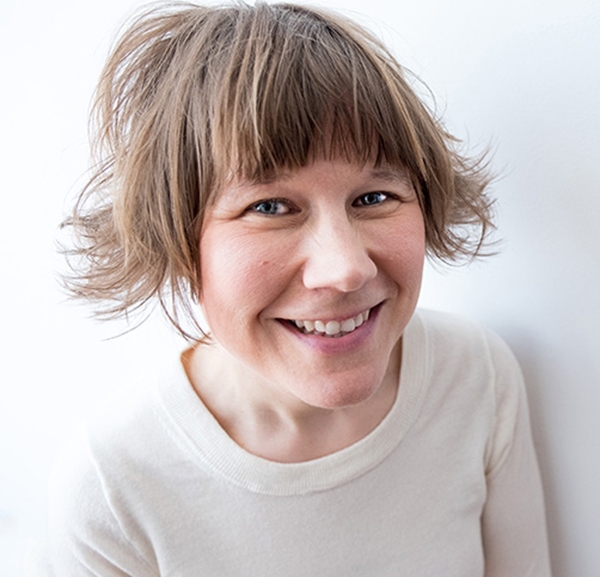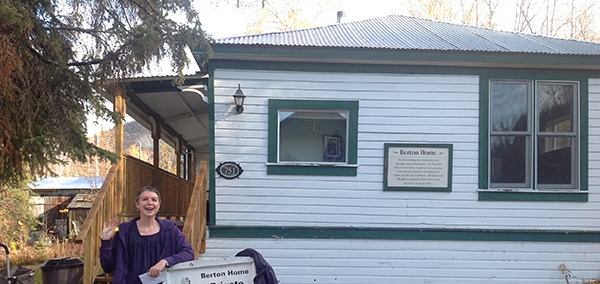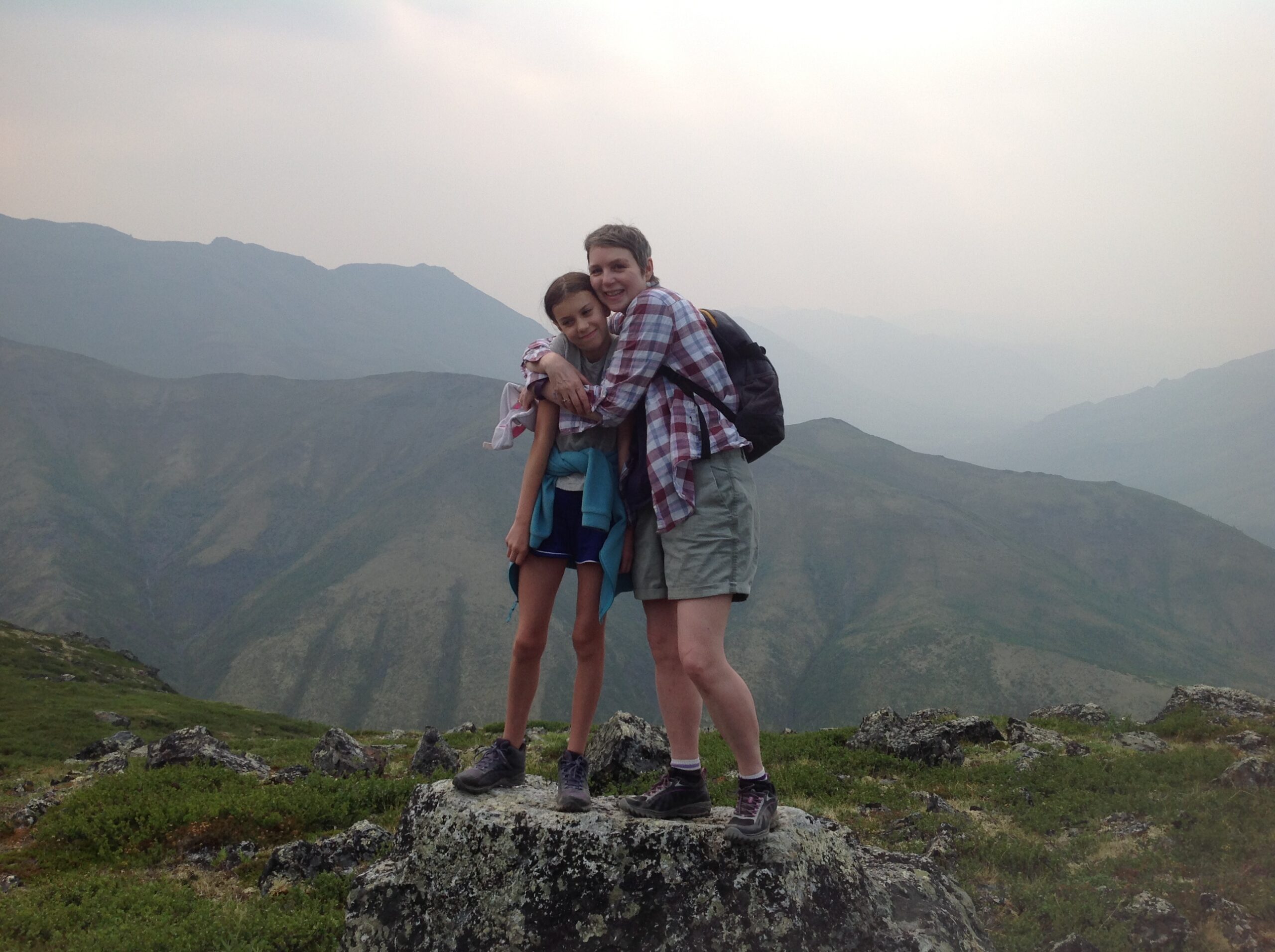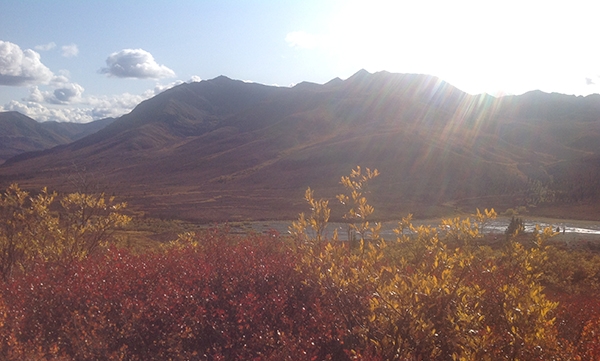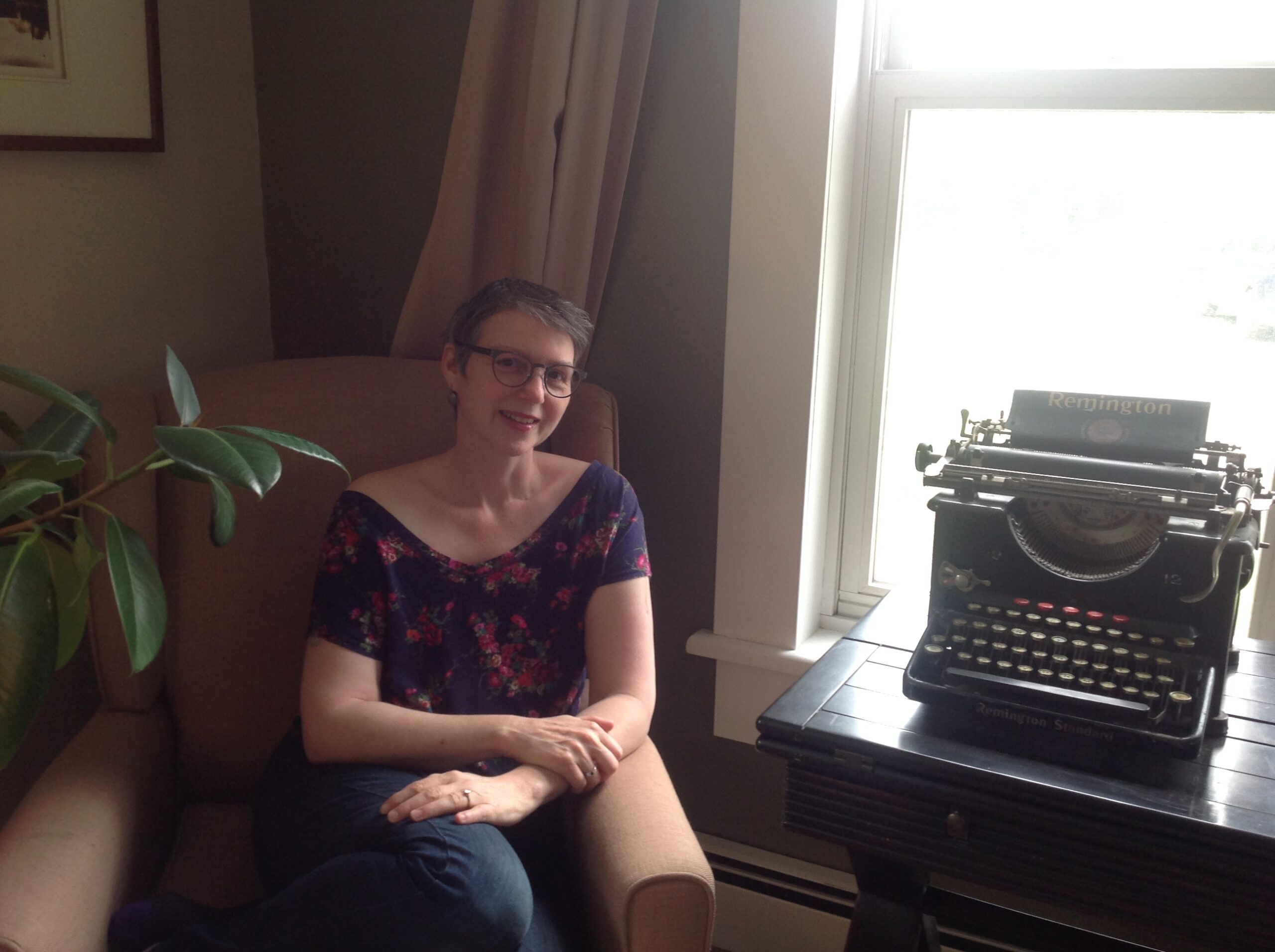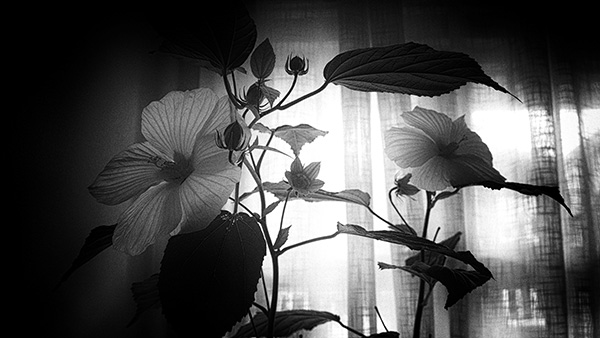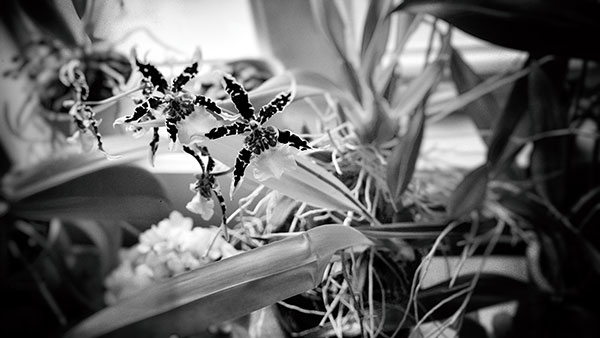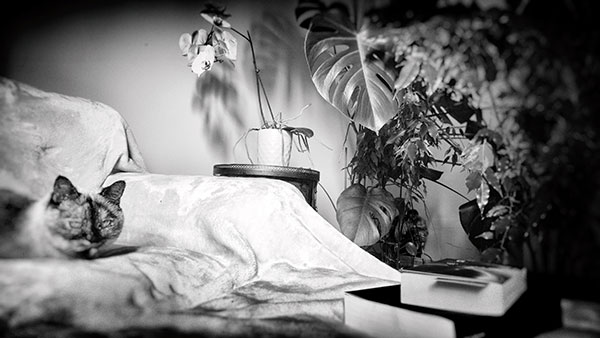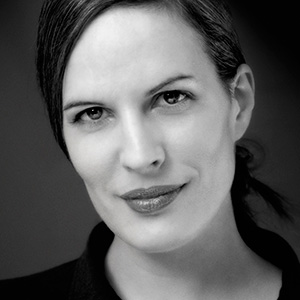On the first day of Banff Centre’s five-week writing studio program, we were given a tour. A group of mathematicians are on campus almost every week of the year. They don’t socialize. They burrow and study. That week they were studying the mathematics of thin film. We visited the dance studio where most professional Canadian ballerinas have trained at some point in their career. We were disallowed to walk on the shock-absorbent floor that has prevented thousands of injuries. We toured the secluded Leighton Artist studios tucked in the woods, out of bounds to the general public. We looked inside the floor-to-ceiling windows of the costume design studio — mannequin busts in corners and on shelves. Jim, our guide, discussed the trails, the Bow River, the train, its whistle, the elk, their aggression during the impending rutting season, and the Columbian ground squirrel that can bite through nuts and fingers. Space. He left us in the library.
On the second day, it snowed. It was May. It was gorgeous. Although I don’t love winter themes in the spring, the mountain snow-globe morning was magical with its uncurious herd of elk. With my camera, I ventured outside for sunrise, already feeling altered by this space, and as I crouched to take a picture, the seat of my favourite jeans busted wide open. A sign from the universe on the stasis of comfort zones perhaps? The jeans were irreparable, and it pained me to part with them. That evening, Eden Robinson brought bundles of sage to dinner. We were 29 writers in Banff’s Writing Studio Program and to me, Eden’s spirit and her laugh was a profound source of nourishment. It was a beacon around which we collected. That evening the group met at Banff Centre’s scenic MacLab Bistro, and Eden explained her method of cutting up a manuscript to get a sense of skeletal structure.
Catapulted into a five-week Banff Centre writing residency, a personal challenge for me was managing the plenitude of stimuli. Plugged into the history of the place, surrounded by creators, wildlife, wilderness. Mentorship, voice training, breath and tongue exercises, hiking and tree bathing, the Bow River, the church thrift shop, the coal-mining ghost town. My autopilot kicked into establishing goals and timelines to maximize this awesome experience. Soon enough though, militant methods felt keenly out of place. When it came to my writing practice, I did not know how to be unhurried. I became overwhelmed. I could not sleep. Did someone mention skeletons?
One of our mentors spoke of the gifts that come when we make ourselves available to the work; when we are patient. During Friday’s writing salons, poetry and prose residents met with their respective mentors for refreshments and writerly discussions. Shayam Selvadurai shared his insights concerning the sock drawers of our characters. Sock drawer items may not make it into the story, but we need to be familiar with them. I remember this being the point at which my focus shifted from completing a draft, to figuring out a sock drawer.
The writing hut helped me zone in on a sock drawer. Banff Writing Studio participants have access to tiny square huts in the woods. My hut had old carpet, pegboard walls, a desk, two narrow slits with plastic windows, a skylight, and an upright piano. I brought a kettle, tea, a candle and settled in. For bathroom breaks, I ran across the street to the Music and Sound building where the Ghost Opera singers were practicing. Gradually, I was able to sink into my work inside this new environment. I felt the stories deepen, crack open. I took them for walks along the Bow River. I slept with them. I snacked with them. My stories and their characters stayed with me for hours at a time. We were bored together. We relaxed together. I thought of those times at home when I was down with a head cold or a stomach flu, or just parenting fatigue; such times when my husband would come to the rescue and I’d recoup on the couch. My kids, seeing that I was not preoccupied with supper or schedules, would hang out with me. They’d sit with me, nestle. In my stillness, they’d unravel. Their tales of school or friends or fun or sadness unfolding because I’d made myself available and unhurried.
As the five weeks progressed, something else opened besides my stories. Despite being surrounded by artists and writers and beautiful scenery, I started to feel terribly alone and insecure about my work. I had isolated myself with my stories, and it seemed that in the process, I isolated myself from my cohort. Kindred groups were forming all around me, but somehow, I was on the outside of all of them. Many of the other writers were a decade or two my junior, so it made sense that our connection would be a tolerance in lieu of kinship, but it was isolating all the same, and with plenty of time to reflect, I suffered deeply, by myself. Gradually, it came to light that some of the other 40+ aged participants were experiencing a similar sense of isolation. One fellow writer drove to Calgary on the weekend. “I need to be with friends right now.”
I walked. I wondered. I turned to the Bow River; mainly, I prayed to my mother who died of cancer in 2000. The writing flourished. I completed two stories and set up a novel, but in the process, a veil was lifted. A thin film that may very well have represented my comfort zone seemed to have been stripped. Was there a mathematical formula to explain such feelings of rawness? Such a sudden dose of vulnerability. Such disconnect. I missed my family, yes, of course, but mostly, I needed to connect.
And then, thankfully, I did.
Catherine published her first novel twenty years ago, and it did well. Then in ’99, she was diagnosed with breast cancer, and on her 43rd birthday, she underwent surgery. Catherine generously shared her story with me. During her illness, she had the epiphany that she must build a house full of light. And she did. Catherine and her husband moved from the city and built a house with a north/south orientation. An abundance of east-facing windows provides a fully-rendered view of sunrise during the winter and summer solstice. Catherine and I shared and overshared, and it was grand. That Catherine was ill the same year as my mother was a coincidence not lost on me. Neither was it unnoticed that my mother was also a determined sun-worshipper, pulling out a lawn-chair in May, in Labrador, when snow was still firmly packed all around her; the heat and light of the sun nourishing her at the cellular level.
A writing residency promises a variety of experiences based on time, place, circumstance, and the characters involved. It unfolds, like a plot, twisting against intension. Time and space may be the skeletal structure of a writing practice, but structures lean, even slightly, and foundations erode, which might be a good thing, especially if light can shine through the cracks.

